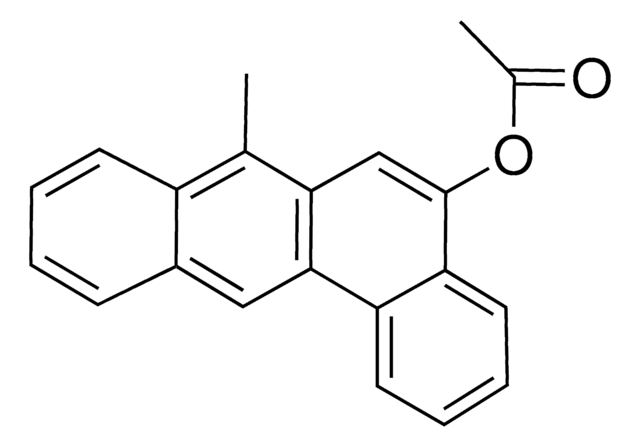776181
3-(2-Acetoxy-4,6-dimethylphenyl)-3-methylbutyric acid N-succinimidyl ester
95%
Synonym(s):
3-(2-Acetoxy-4,6-dimethylphenyl)-3-methylbutyric acid N-hydroxysuccinimide ester, Trimethyl lock NHS, Trimethyl lock succinimidyl ester
About This Item
Recommended Products
Quality Level
Assay
95%
form
solid
mp
107-112 °C
storage temp.
2-8°C
SMILES string
CC(=O)Oc1cc(C)cc(C)c1C(C)(C)CC(=O)ON2C(=O)CCC2=O
InChI
1S/C19H23NO6/c1-11-8-12(2)18(14(9-11)25-13(3)21)19(4,5)10-17(24)26-20-15(22)6-7-16(20)23/h8-9H,6-7,10H2,1-5H3
InChI key
KMNOKEFBKJGRFL-UHFFFAOYSA-N
Related Categories
Application
Choose from one of the most recent versions:
Certificates of Analysis (COA)
Don't see the Right Version?
If you require a particular version, you can look up a specific certificate by the Lot or Batch number.
Already Own This Product?
Find documentation for the products that you have recently purchased in the Document Library.
Our team of scientists has experience in all areas of research including Life Science, Material Science, Chemical Synthesis, Chromatography, Analytical and many others.
Contact Technical Service
